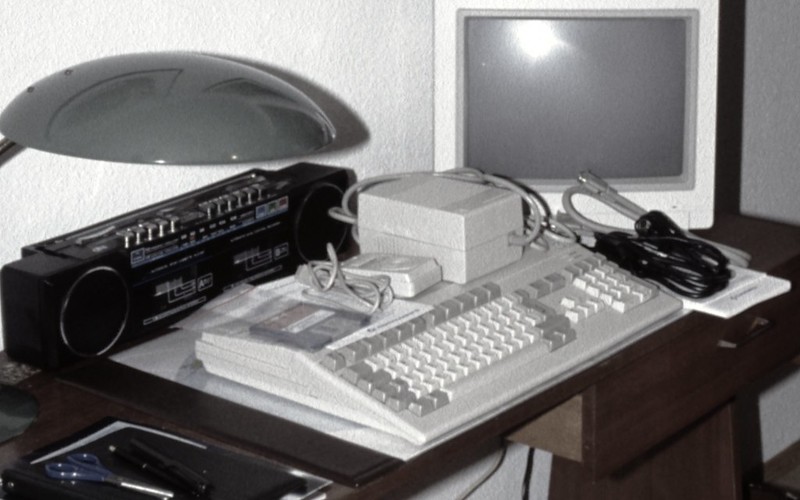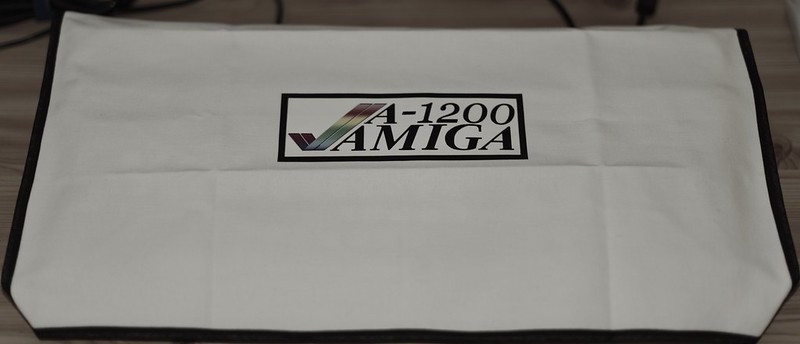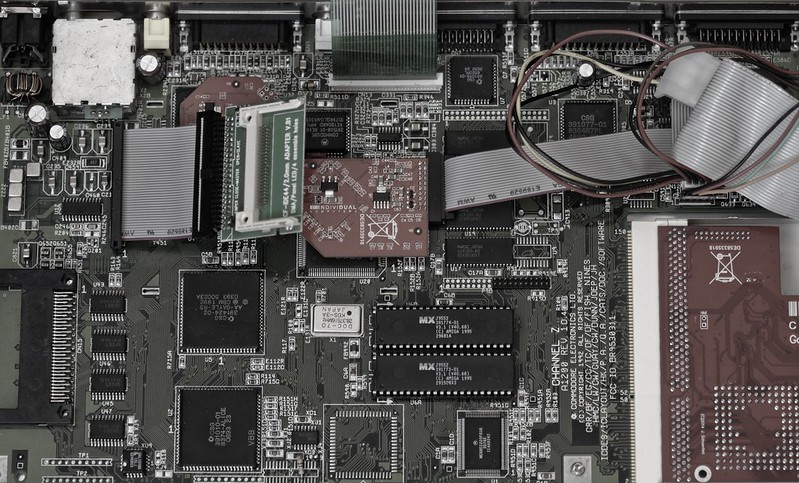The Future Was Here
04 May 2015

Over the weekend I finished reading Jimmy Maher’s excellent book on the history of the Amiga family of computers, “The Future Was Here”.
I learned a lot while reading this book, not only about the philosophy of the Amiga, its hardware architecture, and operating system design but the also the hacks and tricks used to implement software such as the Boing demo and Deluxe Paint as well as games.
According to Maher (and I agree with him), the Amiga was the first multimedia computer. A term that was coined by/in the Amiga community as well as other terms such as Desktop Video (just like the term Deskop Publishing came up in Mac community). Being the first, however, does not necessarily mean that you “win” in the long run:
"Although Miner's team gave the computing world a vision of its multimedia future, it had to do so with the technology available to it in its present. Thus, the Amiga, for all its vision, contains elements that would be of little use in that future, elements that echo the early eight-bit computing era of the late 1970s and early 1980s rather than the computing eras to come. Hardware sprites, planer [sic] graphics, and of course the Amiga's very tightly coupled, closed design are only some of the elements. Of course, they are also the very elements that enabled the Amiga to be a true multimedia computer using the technology of 1985. [...] The Amiga was better at countless things in its time, but the Intel architecture was pioneering in its openness and modularity and better suited to realize the future the Amiga previewed."
The quote below resonates even more with me than the one above as I learned something about myself in there (when I retired my Amiga 1200 in 1998 I started using Linux on an Intel-based machine and got involved in the development of open source projects such as PHP):
"[T]he Amiga's free-software community was certainly the most sophisticated and active in the world of personal computing prior to Linux. It should not be a surprise that countless Amiga users migrated to Linux and other open-source OSs as the Amiga's necessary ultimate fate became clear, for much of the spirit of the Amiga free-software community persisted in these communities without being tied to a single corporation's decisions and fate. Indeed, the Amiga's fate serves as an object lesson for the modern open-source movement, speaking to the way that even excellent hardware and software can wither when said excellence is proprietary and closed source."
I can unconditionally and wholeheartedly recommend this book, not only to everone interested in the Amiga specifically but also to anyone interested in computing history in general.




